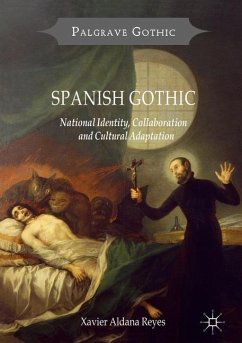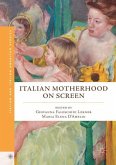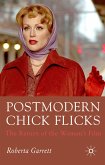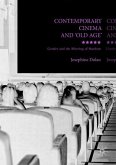This book presents the first English introduction to the broad history of the Gothic mode in Spain. It focuses on key literary periods, such as Romanticism, the fin-de-siècle, spiritualist writings of the early-twentieth century, and the cinematic and literary booms of the 1970s and 2000s. With illustrative case studies, Aldana Reyes demonstrates how the Gothic mode has been a permanent yet ever-shifting fixture of the literary and cinematic landscape of Spain since the late-eighteenth century. He proposes that writers and filmmakers alike welcomed the Gothic as a liberating and transgressive artistic language.
"Spanish Gothic is a valuable and revealing introduction to an exotic locale whose sun-drenched vistas would make it an unlikely place for gothic gloom, and yet Aldana Reyes shows how and why it has prospered even there." (Dejan Ognjanovic, Rue Morgue, Vol.178, September-October, 2017)
"The book provides a compelling account of how the gothic was able to pervade (or infect) a variety of genres and modes in Spain during this period. He characterises the gothic as transhistorical, transmedial and transgeneric, materialising in romantic literature, didactic fiction ... and cinema. ... in giving us the most complete account to date (in English, at least) of this mode in Spain, Spanish Gothic also illustrates the transnational nature of the Gothic as it travelled beyond its original 'homes'." (Dr. Leon Hunt, Viewfinder Online, bufvc.ac. uk, June, 2017)"Spanish Gothic is an exemplary piece of scholarship that will assuredly become the cornerstone of future studies of gothic cultural production in Spain. It will, moreover, undoubtedly contribute to new transnational histories of gothic as it developed on a global scale from the eighteenth century to today." (Christina Morin, The Irish Journal of Gothic and Horror Studies, Vol. 16, 2017)
"The book provides a compelling account of how the gothic was able to pervade (or infect) a variety of genres and modes in Spain during this period. He characterises the gothic as transhistorical, transmedial and transgeneric, materialising in romantic literature, didactic fiction ... and cinema. ... in giving us the most complete account to date (in English, at least) of this mode in Spain, Spanish Gothic also illustrates the transnational nature of the Gothic as it travelled beyond its original 'homes'." (Dr. Leon Hunt, Viewfinder Online, bufvc.ac. uk, June, 2017)"Spanish Gothic is an exemplary piece of scholarship that will assuredly become the cornerstone of future studies of gothic cultural production in Spain. It will, moreover, undoubtedly contribute to new transnational histories of gothic as it developed on a global scale from the eighteenth century to today." (Christina Morin, The Irish Journal of Gothic and Horror Studies, Vol. 16, 2017)








